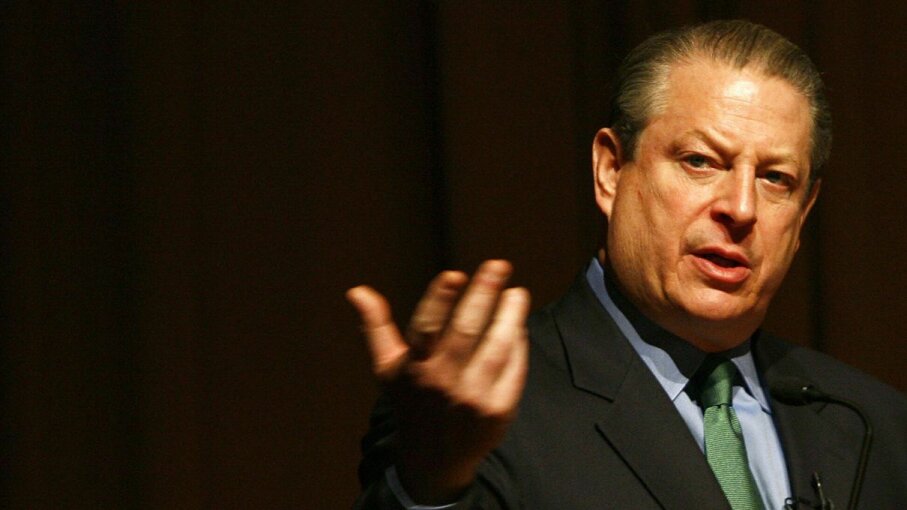In 2015, Pope Francis published a groundbreaking document, “Laudato Si: On Care for Our Common Home,” an encyclical defining the environmental movement as a moral issue for the world’s 1.2 billion Catholics and calling all of humanity to a radical conversion.
From the pope’s opening words quoting his namesake, St. Francis of Assisi, in praise of “our Sister, Mother Earth, who sustains and governs us,” the pope rejects the anthropocentrism of Judeo-Christian culture in recent centuries. He also acknowledges something that many in this country do not: that unrestrained capitalism and consumerism have led to a grave environmental crisis, and human beings need to change their lives radically to solve this crisis.
This is not an academic document nor a call for Catholics to recycle, compost, turn down their air conditioners or buy energy-efficient cars, but rather a 246-paragraph statement that our relationship with creation and our relationship with each other are inextricably tied: “We have to realize that a true ecological approach always becomes a social approach; it must integrate questions of justice in debates on the environment, so as to hear both the cry of the earth and the cry of the poor.”
The pope writes in his introduction:
“I will point to the intimate relationship between the poor and the fragility of the planet, the conviction that everything in the world is connected, the critique of new paradigms and forms of power derived from technology, the call to seek other ways of understanding the economy and progress, the value proper to each creature, the human meaning of ecology, the need for forthright and honest debate, the serious responsibility of international and local policy, the throwaway culture and the proposal of a new lifestyle.”
While the pope’s language frequently references Catholic tradition, the encyclical is explicitly addressed to all of humanity. And as such, many of the pope’s words will resonate with environmental acivitsts of all backgrounds: He writes about the “sufferings of the excluded,” the “globalization of indifference,” the earth as a “shared inheritance,” the rejection of the absolute “right to private property,” “sustainable development,” “intergenerational solidarity,” “rampant individualism,” “excessive consumption,” “compulsive consumerism,” and “an integrated approach to combating poverty, restoring dignity to the excluded and at the same time protecting nature.”
For those in the United States fighting for a Green New Deal, these words should sound familiar, albeit from a source surprising to some. Just as the Green New Deal takes a wide view, addressing climate change side by side with systemic racial, regional, social, environmental, and economic injustices, Pope Francis calls humanity to a more radical conversion that addresses these injustices together.

The encyclical even led Anglican priest and journalist Giles Fraser to write a piece in The Guardian titled “Pope Francis is a bit like Naomi Klein in a cassock.”
The two certainly have their similarities, at least when they write about the need to reject consumerism. Consider these two passages:
“The strategy of buying and selling “carbon credits” can lead to a new form of speculation which would not help reduce the emission of polluting gases worldwide. This system seems to provide a quick and easy solution under the guise of a certain commitment to the environment, but in no way does it allow for the radical change which present circumstances require. Rather, it may simply become a ploy which permits maintaining the excessive consumption of some countries and sectors.”
“Policy makers are still dancing around the question of whether we are talking about slapping solar panels on the roof of Walmart and calling it green, or whether we are ready to have a more probing conversation about the limits of lifestyles that treat shopping as the main way to form identity, community and culture.”
Can you tell who wrote what? The first is from Laudato Si, the second is from Klein’s On Fire: The Burning Case for the Green New Deal.
Pope Francis frequently uses the term “throwaway culture.” In On Fire, Klein makes similar references: “It’s a lot like how this culture treats people. It’s certainly how we’ve been trained to treat our stuff — use it once, or until it breaks, then throw it away and buy some more,” or, more bluntly, “it all gets spent on throwaway crap imported from China destined for the landfill.”
Indeed there is a direct connection between the two: Pope Francis asked Klein to co-chair a Vatican conference on the environment upon the publication of Laudato Si, an encounter Klein writes about in On Fire. And Klein urged world leaders attending the Paris climate change conference to read Laudato Si. Not just summaries, she said. The whole thing.
The burning question now is which path this country will take, if any. Should climate activists in this country go big, and seek the radical change that Pope Francis and Klein advocate, and which the Green New Deal calls for? Or focus narrowly on decreasing carbon output? Pope Francis and Klein certainly make convincing cases for the former.
























